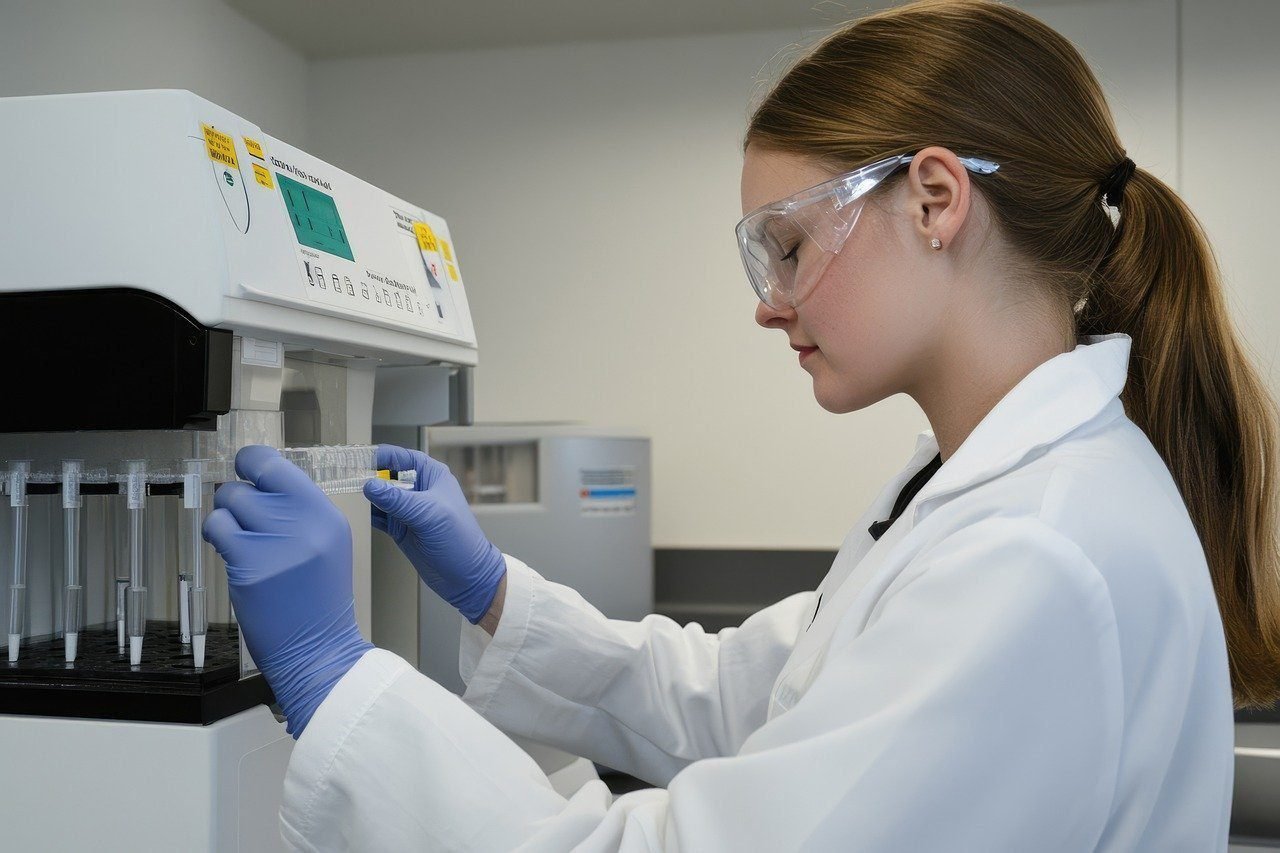Choosing the right diagnostic test kits for your clinical laboratory is a critical decision that can impact everything from patient outcomes to operational efficiency. With so many products available on the market—each touting unique features and benefits—it can be challenging to navigate the selection process. In this guide, we’ll break down the key factors to consider when evaluating diagnostic test kits, ensuring that you choose the solutions best suited to your laboratory’s needs and standards.
1. Assessing Accuracy, Sensitivity, and Specificity
Accuracy, sensitivity, and specificity form the foundation of a reliable diagnostic test. Kits that demonstrate high sensitivity will correctly identify those with the disease (minimizing false negatives), while those with high specificity will accurately detect those without the disease (reducing false positives). Before investing in a particular kit, review validation studies and performance data from peer-reviewed journals or reputable regulatory bodies. This due diligence helps ensure you’re providing patients and healthcare providers with trustworthy results.
2. Considering Ease of Use and Turnaround Time
The complexity of a diagnostic test directly affects technician training requirements and turnaround time. Kits that are user-friendly—with clear instructions, minimal sample preparation, and simple interpretation steps—can reduce the risk of procedural errors and cut down processing time. Faster turnaround times not only enhance patient care by delivering quicker results but also improve the lab’s operational efficiency, allowing your team to handle more samples in less time.
3. Evaluating Quality and Reliability of Suppliers
Partnering with reputable suppliers is essential for consistent, high-quality results. Look for vendors with proven track records, strong customer service, and robust quality management systems. Certifications like ISO 13485 and adherence to regulatory guidelines (e.g., FDA or CE marking) signal that the manufacturer maintains high standards. Reliable suppliers will also provide prompt technical support, training resources, and updates on any product improvements or changes to regulatory status.
4. Checking Shelf Life and Storage Conditions
Diagnostic test kits often have specific storage requirements, including temperature, humidity, and light exposure conditions. Before purchasing, consider your laboratory’s capacity to maintain these conditions reliably. Additionally, compare the shelf lives of various kits. Longer shelf life may reduce waste and save money, especially if you don’t use the tests frequently. Proper storage planning helps ensure the accuracy and longevity of your chosen test kits.
5. Balancing Cost with Quality
While cost is always a factor, it shouldn’t overshadow the quality and reliability of the diagnostic kits. Cheaper options may seem attractive upfront, but if they deliver inconsistent results or require frequent recalibration, the hidden costs—like time, labor, and patient dissatisfaction—can quickly add up. Perform a comprehensive cost-benefit analysis to understand the true long-term value of a kit. Sometimes, investing in a slightly more expensive product can lead to significant savings in the long run.
6. Verifying Regulatory Compliance and Clinical Validation
Ensure that the diagnostic test kits you select meet all relevant regulatory standards and have undergone thorough clinical validation. Regulatory approvals from agencies like the FDA, EMA, or international equivalents, as well as compliance with ISO standards, help confirm that the product is both safe and effective. Clinical validation data, available from the manufacturer or in published studies, can provide additional peace of mind and evidence-based reassurance that you’re making the right choice.
7. Aligning with Your Laboratory’s Specializations and Goals
Finally, consider your laboratory’s unique setting and goals. Are you focused on infectious disease testing, genetic screening, or oncology diagnostics? Different niches require kits with specific performance characteristics. Aligning the features of the test kits with your lab’s specialty areas, expected test volumes, and patient population ensures you’re selecting solutions that directly contribute to your mission and growth strategy.
In Summary: Selecting the right diagnostic test kits involves a thoughtful evaluation of accuracy, ease of use, supplier reliability, cost-effectiveness, and regulatory compliance. By taking the time to thoroughly research and compare options, you can ensure that you’re investing in kits that bolster your lab’s reputation for quality, support efficient operations, and ultimately provide reliable, timely information to clinicians and patients.


